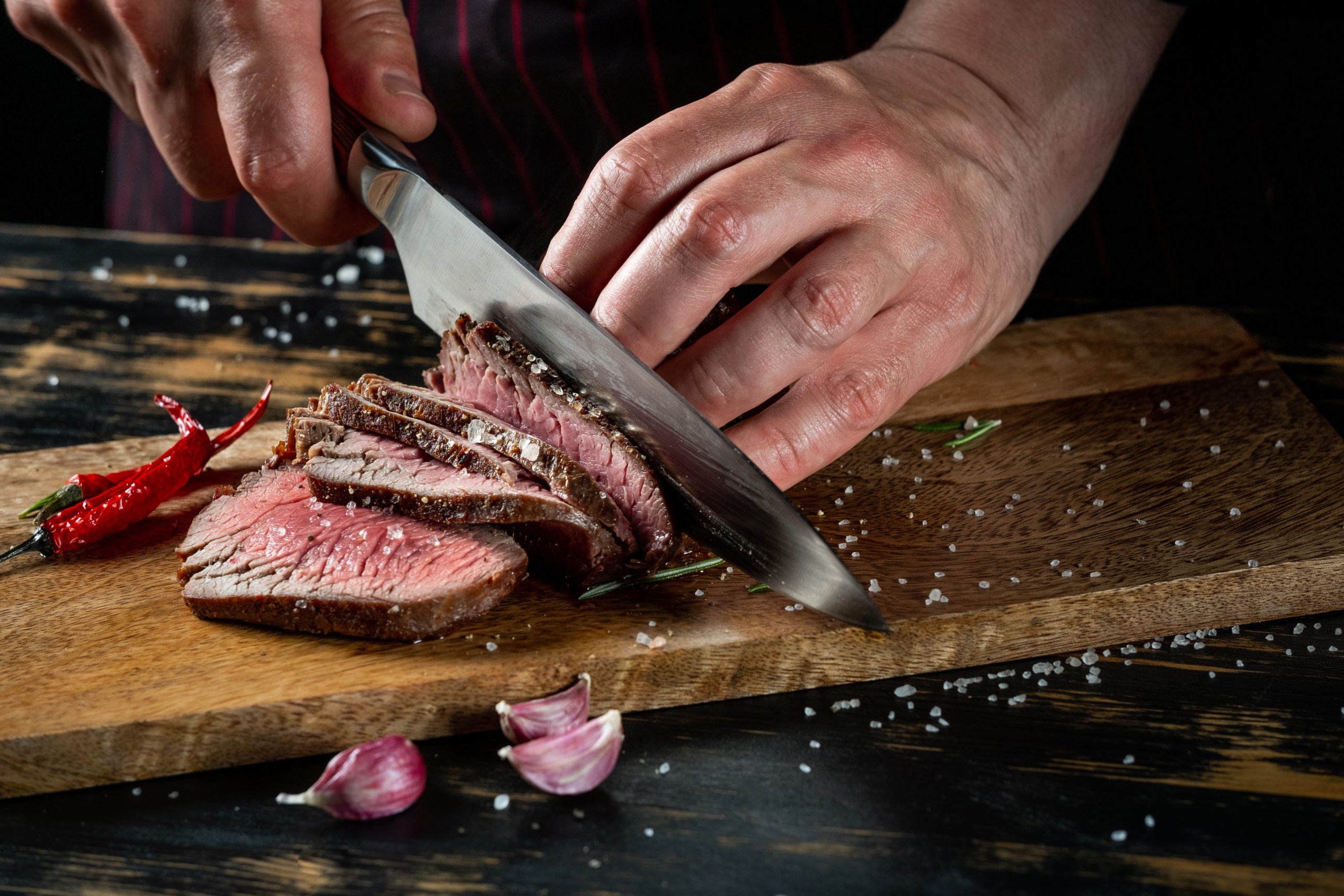
Spot the Warning Signs Early & Stay a Cut Above
Sharp tools aren’t just a luxury, they’re essential. Whether you're chopping vegetables, trimming hedges, or grooming hair, a dull blade slows you down, risks damage, and can even cause injury.
The good news? Most tools give you clear warning signs before they become dangerous or unusable. Here’s how to catch them early and why it matters.
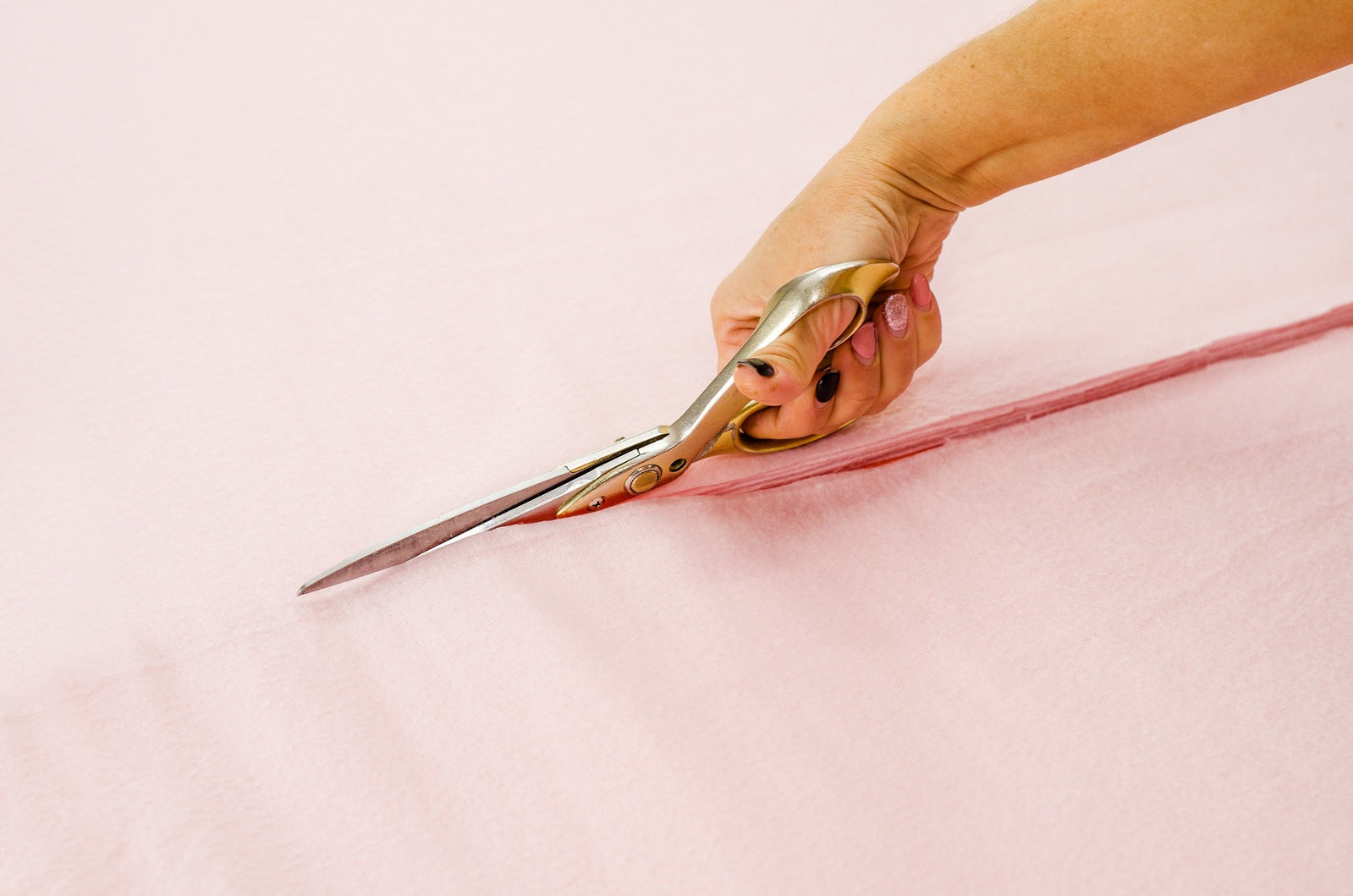
Why Early Sharpening Matters
Waiting too long to sharpen your tools doesn’t just make the job harder, it shortens the tool’s lifespan and increases the chance of permanent damage.
Benefits of catching dullness early:
- Improved Safety: Less force means fewer slips and cuts
- Faster Work: A clean slice saves time and energy
- Tool Preservation: Prevents chipping, bending, or rust buildup
- Cleaner Results: Whether it's food, fabric, or foliage, sharpness shows
Common Signs of a Dull Tool
Here’s what to look (and feel) for across different tool types:

Kitchen Knives
- Struggling to slice soft foods (e.g. tomatoes squish instead of slicing)
- Blade slides off onions or rolls on hard produce
- More force needed for simple cuts
- Uneven cuts or tearing
- Test it: Try slicing a sheet of paper or a tomato. If it snags, tears, or requires force, it’s time to sharpen.
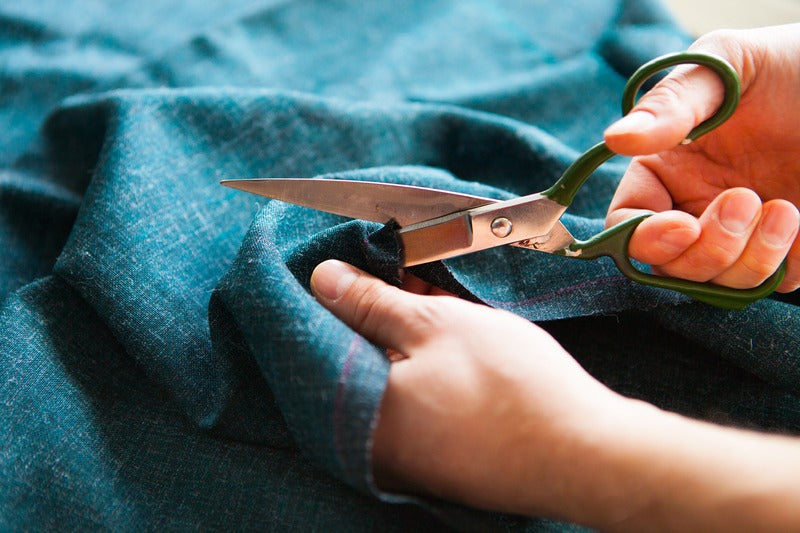
Scissors & Shears
- Snagging or folding fabric or hair
- Needing more pressure to complete cuts
- One blade glides but the other catches
- Noticeable “click” or crunch sound mid-cut
- Hairdresser tip: Hold a strand of hair vertically and snip. A sharp scissor glides; a dull one tugs or bends.
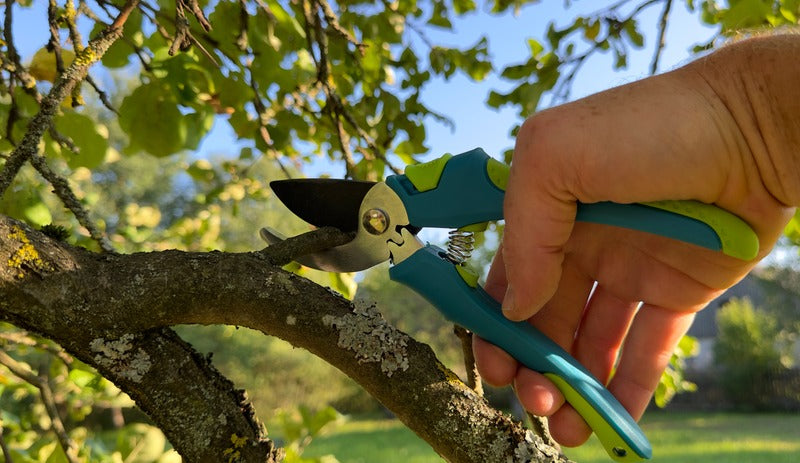
Garden Tools
- Plant stems look crushed or shredded after trimming
- Tools stick or bind mid-cut
- More effort needed, even on soft foliage
- Bark peeling instead of a clean cut
- Quick test: Cut through a dry stick. A clean cut = sharp. A cracked or frayed edge = blunt.

Clippers & Grooming Blades
- Pulling or catching hair
- Uneven clipping results
- Clippers heat up faster than usual
- Increased vibration or noise
- Home tip: Run clippers through clean paper or string. If they snag or leave uneven marks, sharpening is due.
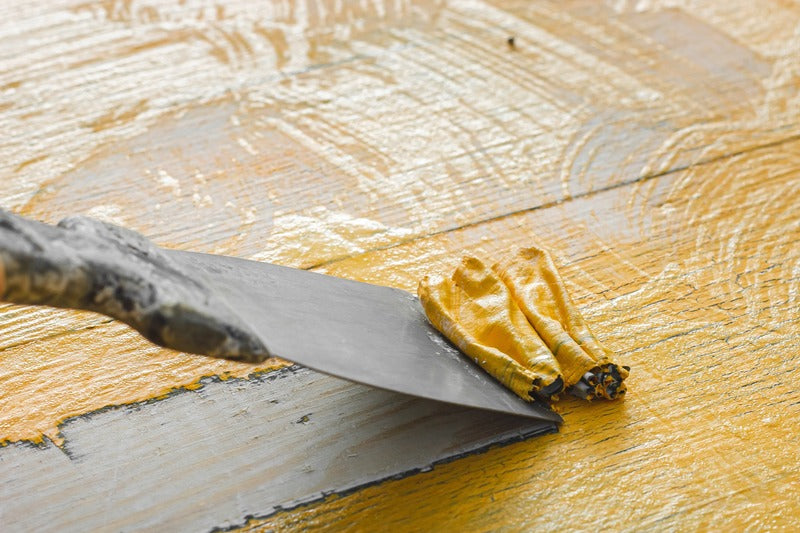
Chisels, Scrapers & Utility Tools
- Blade won’t “bite” into material
- Rough edges or splintering on wood
- Scrapers leave streaks or tear paint instead of peeling
- Tip rounded or dulled under light
- Try this: Lightly drag the blade across your fingernail at a 30° angle. A sharp edge “grabs” the surface; a dull one slides off.
Still Not Sure?
No problem. We’ll check it for you. Drop into your nearest Mister Minit store and ask for an edge assessment. Our technicians will inspect your tools and give honest advice, no pressure, no obligation.




